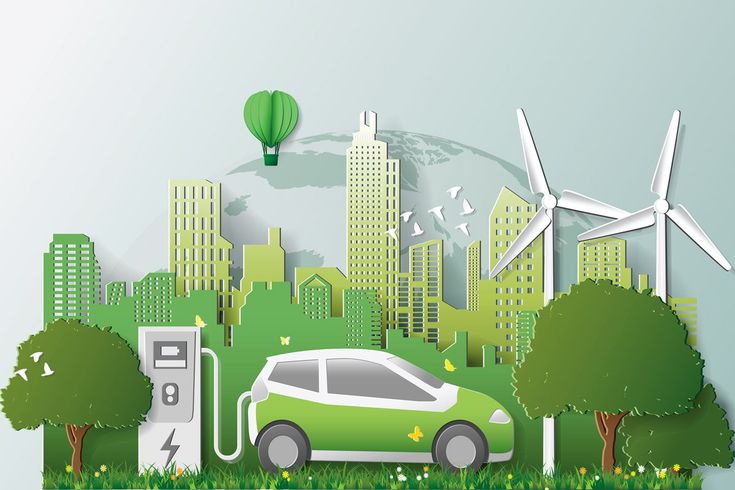With the growing demand for cleaner, fuel-efficient transportation, Hybrid Electric Vehicles (HEVs) have gained popularity across the globe. These vehicles blend traditional internal combustion engines (ICE) with electric propulsion systems to deliver improved fuel efficiency, lower emissions, and a smoother driving experience. But what exactly powers these modern marvels of engineering?
Let’s take a closer look at the core technologies behind hybrid electric vehicles and how they work together.
1. Dual Power Sources: The Engine and the Electric Motor
At the heart of every hybrid vehicle lies a combination of two power sources:
-
Internal Combustion Engine (ICE): Typically powered by gasoline or diesel, the ICE provides energy for long-distance travel and high-speed driving.
-
Electric Motor: Powered by a rechargeable battery pack, the electric motor assists during acceleration, low-speed driving, and when idling.
How it works: Depending on the type of hybrid system, the vehicle can use either the engine, the electric motor, or both at the same time.
2. Battery Pack and Energy Storage
The electric motor in a hybrid vehicle relies on a high-voltage battery pack, usually made from lithium-ion or nickel-metal hydride (NiMH) technology.
-
These batteries are recharged automatically using regenerative braking and the ICE.
-
No need to plug in most hybrids (unlike plug-in hybrids or pure EVs).
Battery management systems (BMS) monitor performance and prevent overheating or overcharging.
3. Regenerative Braking System
One of the most innovative features in HEVs is regenerative braking. When the driver applies the brakes:
-
The kinetic energy that would normally be lost as heat is captured and converted into electrical energy.
-
This energy is stored in the battery pack, improving overall efficiency.
This smart recycling of energy helps hybrids extend their battery life and reduce fuel use.
4. Power Split Devices and Transmission Systems
Modern hybrids use electronic continuously variable transmissions (e-CVT) or power-split devices to smoothly manage power delivery between the engine and motor.
These systems:
-
Optimize engine efficiency.
-
Seamlessly switch between power sources.
-
Improve driving performance and fuel economy.
5. Control Systems and Embedded Software
To coordinate all these components, HEVs rely heavily on advanced control systems and embedded software. These systems:
-
Monitor driving conditions, battery status, and throttle input.
-
Decide when to switch power sources.
-
Optimize performance and reduce emissions.
Artificial intelligence and machine learning are increasingly being used to improve decision-making in hybrid systems.
Types of Hybrid Systems
There are three main types of hybrid systems, each using different levels of technology:
| Type | Description |
|---|---|
| Mild Hybrid | Electric motor assists engine; cannot drive on electricity alone. |
| Full Hybrid | Can drive on engine, motor, or both. |
| Plug-in Hybrid (PHEV) | Can be charged via power outlet; larger battery and more electric range. |
Final Thoughts
Hybrid electric vehicles represent a brilliant fusion of mechanical and electrical engineering. By combining combustion engines, electric motors, regenerative braking, advanced batteries, and intelligent control systems, hybrids offer an eco-friendly and efficient alternative to traditional vehicles.

